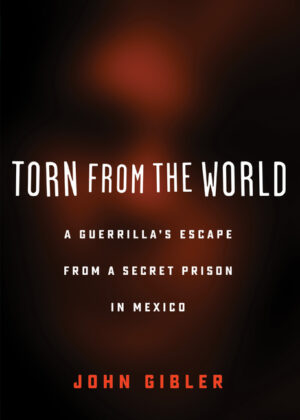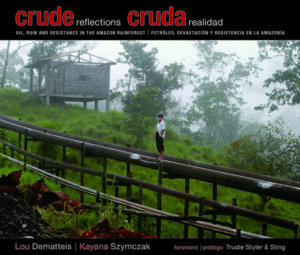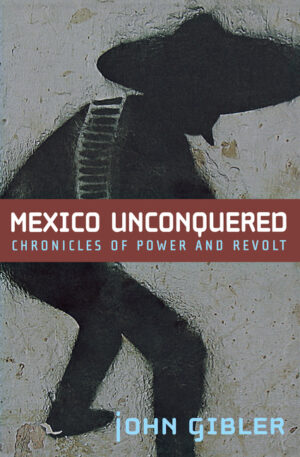More praise for John Gibler's I Couldn't Even Imagine That They Would Kill Us:
"The hideous Ayotzinapa atrocity reveals with vivid horror how Mexico is being destroyed by the US-based 'drug war' and its tentacles, penetrating deeply into the security system, business, and government, and strangling what is decent and hopeful in Mexican society. Gibler's remarkable investigations lift the veil from these terrible crimes and call for concerted action to extirpate the rotten roots and open the way for recovery from a grim fate."–Noam Chomsky
"Journalist Gibler delivers a meticulous and affecting recreation of the events of Sept. 26, 2014, in Iguala, Mexico, when police attacked five buses carrying students from the Ayotzinapa Teachers' College and a youth soccer team. . . . It's a heartbreaking reconstruction of a horrific event, made all the more profound by the persistent demand from the parents of the disappeared, their classmates, and citizens across country for the safe return of the students."–Publishers Weekly Starred Review
"This is an essential work of exacting, caring, and memorializing reportage."–Booklist, Starred Review
"An oral history of one horrific night when busloads of unarmed students were attacked by local Mexican police. . . . cumulatively very moving."–Kirkus Reviews
"A powerful and searing account of a devastating atrocity. Gibler's innovative style takes us on a compelling journey through a landscape of terror and brutality against those whose only crime was to demand the freedom to think."–Brad Evans, columnist on violence for the New York Times and the Los Angeles Review of Books
"We are fortunate to now have in English, John Gibler's courageous account and oral history of the 2014 atrocity in Mexico in which 43 students vanished from the face of the earth and remain absent, while six more people (three of them students) were found dead, one of them mutilated. The US 'war on drugs' has unleashed decades of unimaginable and hideous terrorism in Mexico, just as the 'war on terror' is doing in the Middle East. The cruel viciousness of Ayotzinapa, with the 48 families of all the disappeared, murdered, and critically wounded students insisting on answers from the Mexican government, opens the door to a powerful resistance movement, which also requires U.S. citizens to insist on ending the US war against the Mexican people, which began in the 1820s and has never abated."–Roxanne Dunbar-Ortiz, author of Loaded: A Disarming History of the Second Amendment
"The value of Gibler's book is not that he tells us or posits that that night (September 26-27, 2014) was a historical turning point. Instead, what is so astonishing is that, using documentary writing, he shows us how the protagonists of the events themselves discover suddenly that they live in a different world than the one they were used to only a few hours before. The book illustrates with precision the move from a Mexico before to a Mexico after that which we have decided to call 'Ayotzinapa.'"–Horizontal
"The afterword is particularly important: it clears up details of that night as well as exposes the cover-ups, tampering with evidence and lies the police and government officials at the highest levels continue to insist are fact. By pulling together all these traumatic narratives, Gibler helps the parents of the disappeared throughout Mexico say, 'Basta' (enough). They won't give up on searching for their loved ones and for the truth."–Shelf Awareness
"Gibler determined the story was best told through 'writing by listening, ' and here he weaves a narrative of the harrowing events through the words of the students, offering multiple points of view. The families of the missing then offer their accounts as they seek answers from the government, which was complicit not only in the attacks but in covering up the truth of what happened. The result is a raw and vulnerable glimpse into the violence that continues to affect parts of Mexico and the pain of parents who still don't know what happened to their children."–Library Journal
"Gibler takes us through the events of the evening, giving each eyewitness a chance to add their voice. In this way the reader is placed 'on the scene, ' experiencing the confusion, terror, fear, anger, and loss along with the students and others who were attacked. It is then up to the reader to put all of the pieces together."–Afsaneh Moradian,
International Socialist Review






